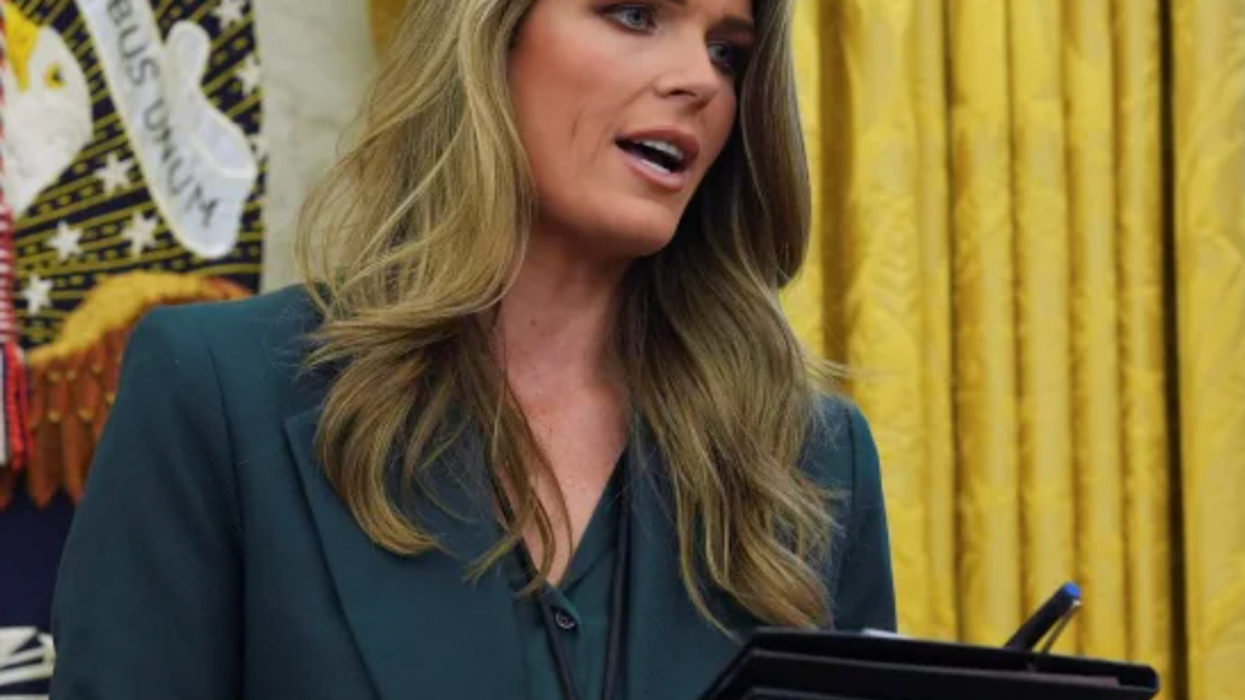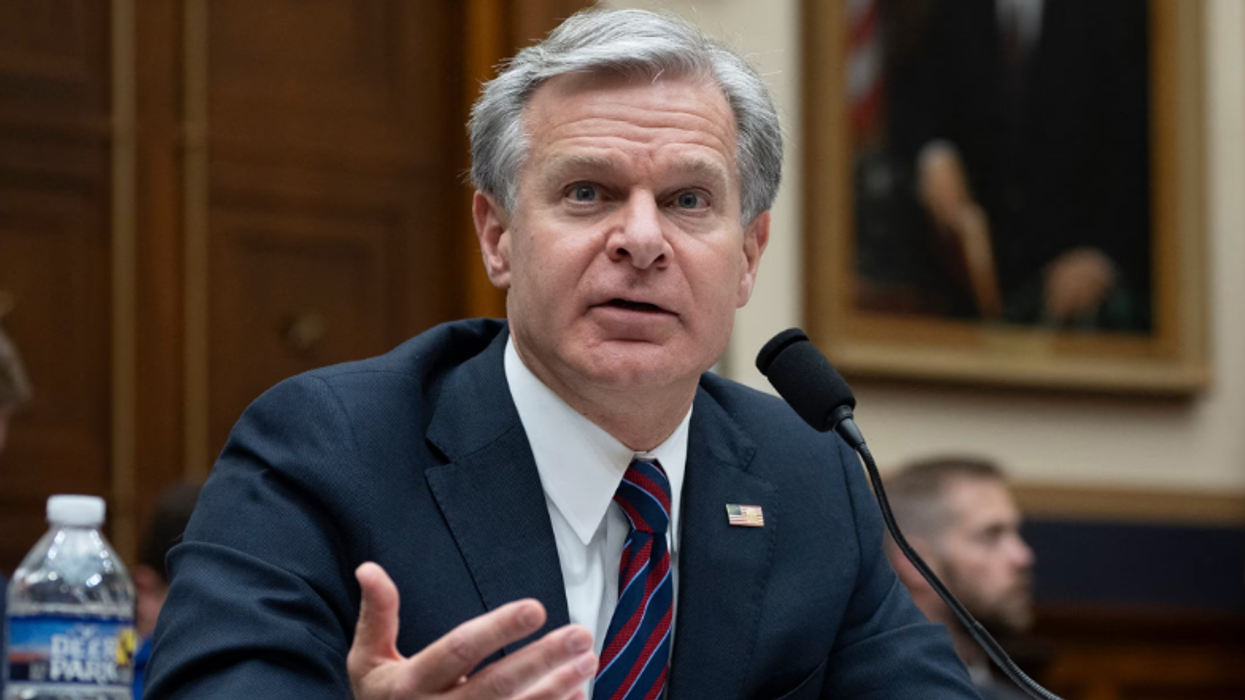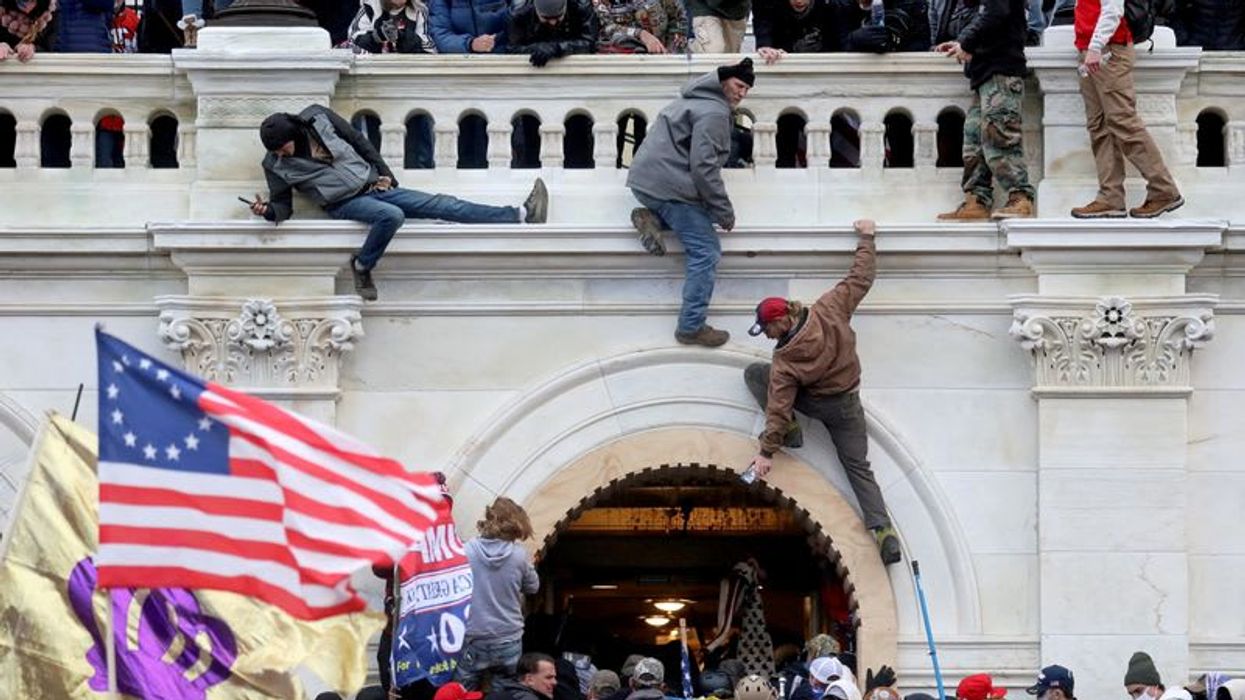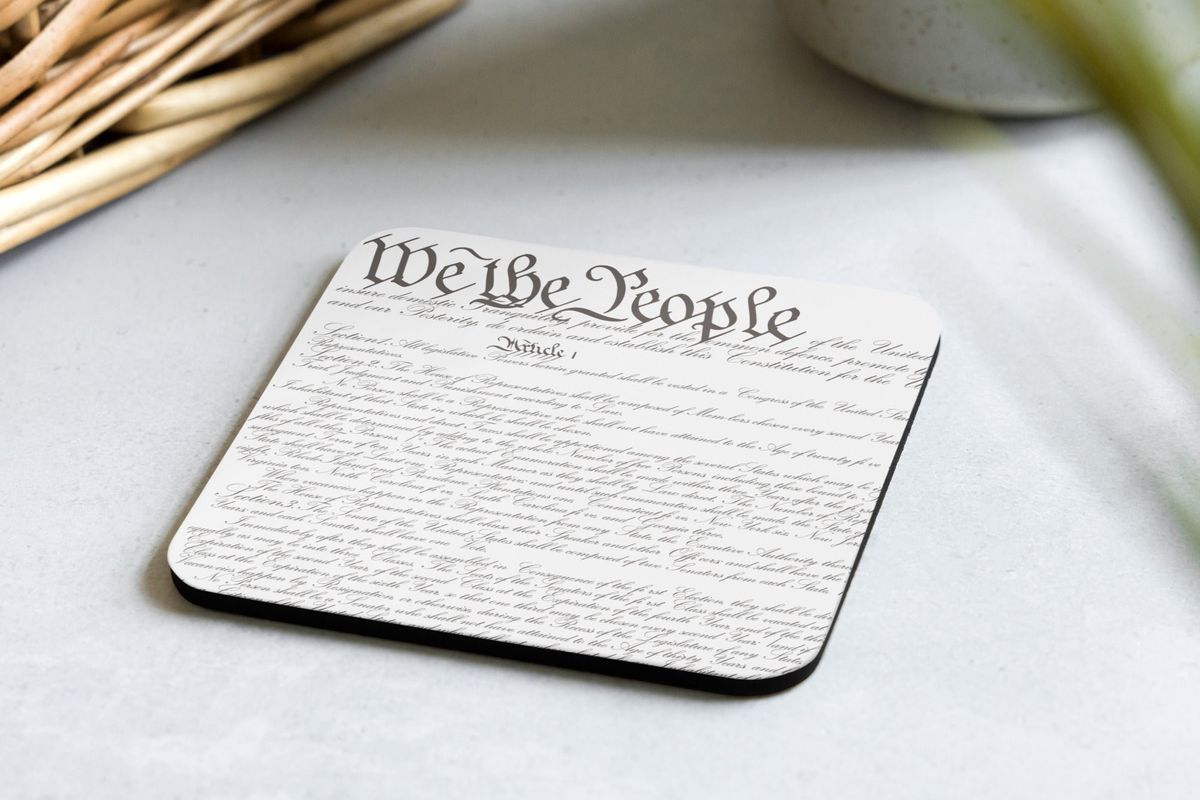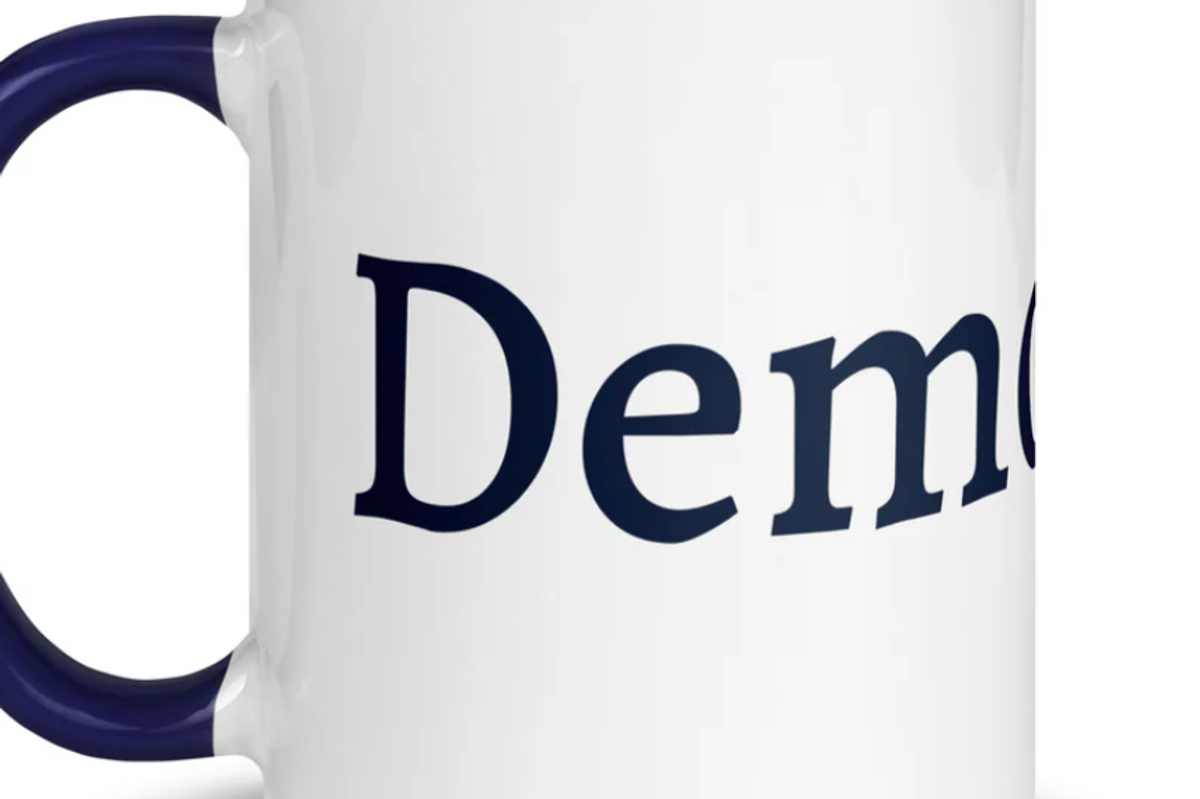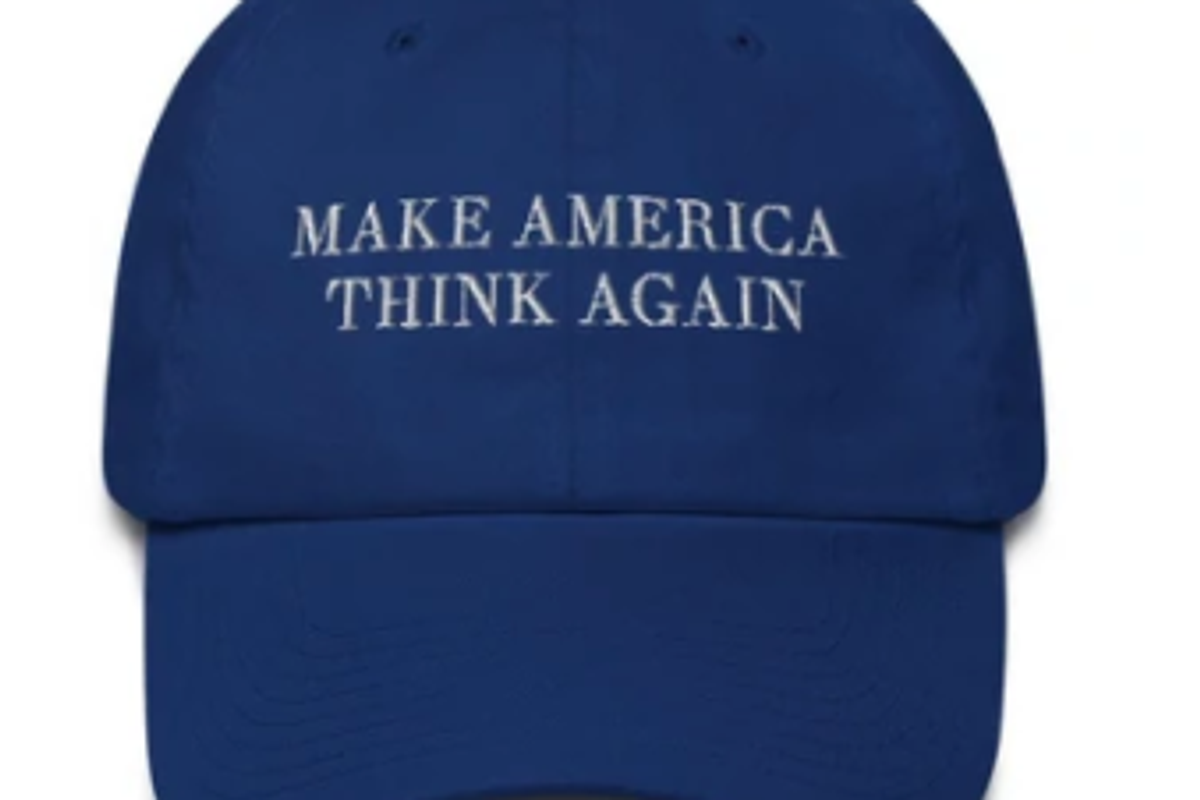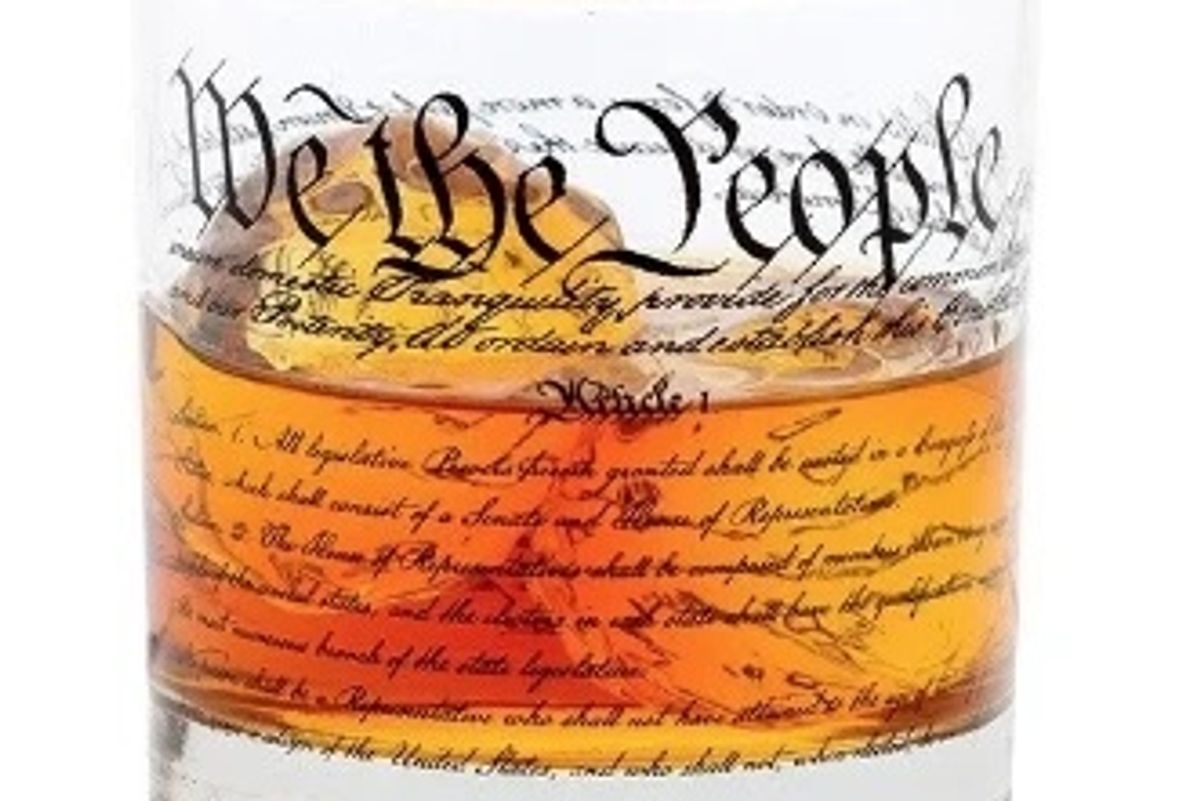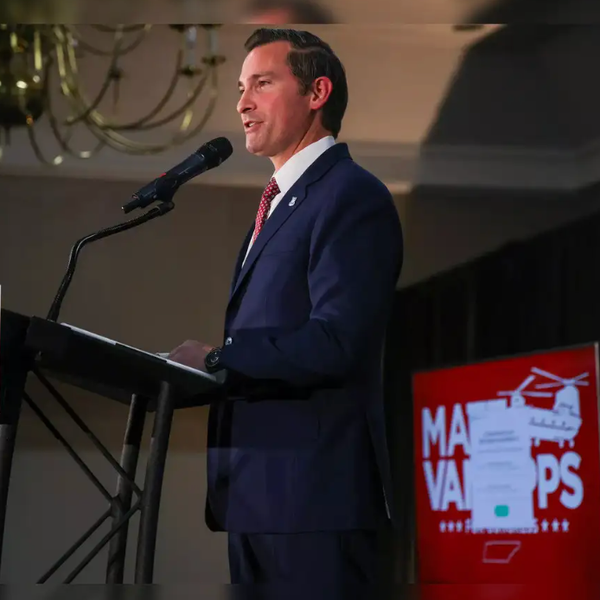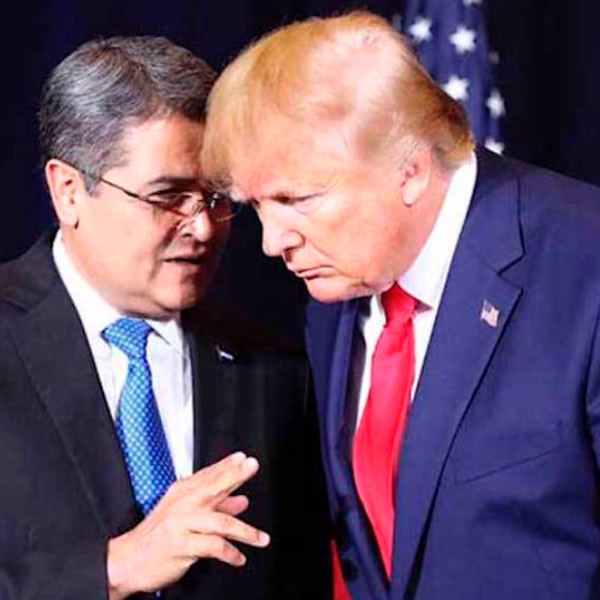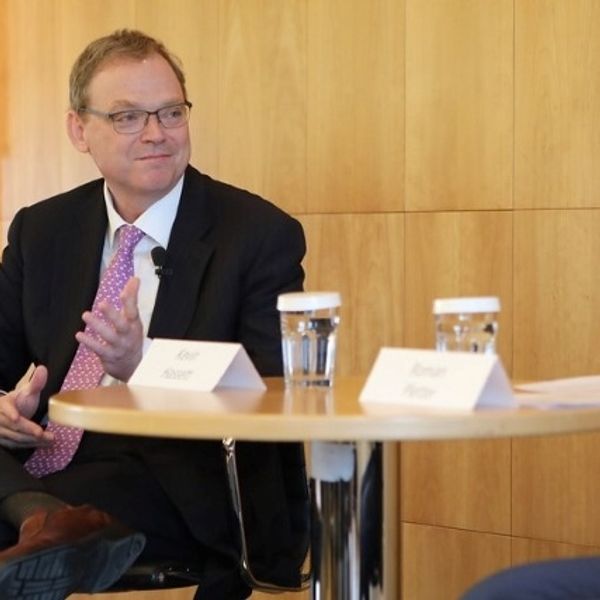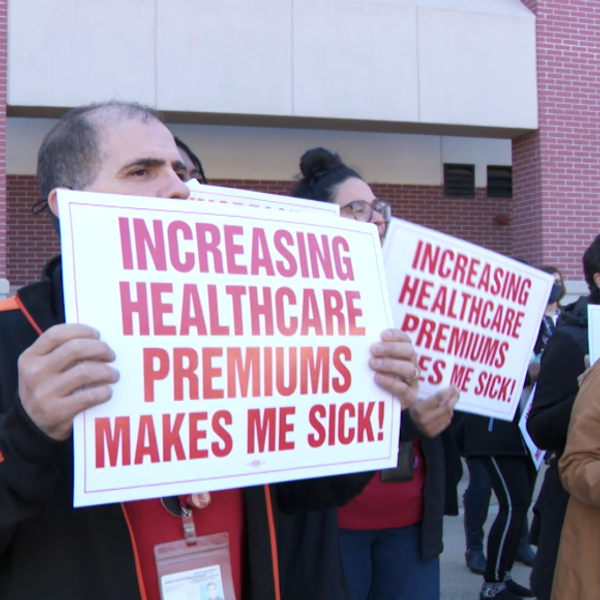Peripatetic Patel Is Vacuuming Up Taxpayers' Cash On FBI Jet Trips
FBI Director Kash Patel is committed to making the most of his time as the unlikely, unqualified head of the nation’s law enforcement agency.
No, he’s not building big cases or figuring out better ways to keep people safe. Instead, Patel is making the most of the perks of his job. Well, not perks, really. More like just a straight-up misuse of government resources.
You may recall that, despite being the nation’s top law enforcement official, a job one would think required a lot of hands-on attention, Patel has not seen fit to fully relocate to Washington. Instead, Patel likes hanging out in Las Vegas in a house owned by a timeshare tycoon pal. He’s also down with staying in Nashville, where his girlfriend lives.
Must be tough managing a house in Vegas, a girl in Nashville, and a job in Washington, right?
Well, not if you just use the FBI jet, which also frees you up to get to your fave sporting events. So why not slurp up some taxpayer dollars to use that FBI jet to go on a date to see your girlfriend sing at a wrestling match at Penn State? Better still, it was a hella dumb thing called “Real American Freestyle,” a professional wrestling promotion co-founded by none other than Hulk Hogan.
Aren’t you glad that your money went to this?
The girlfriend in question, Alexis Wilkins, is ostensibly a country singer, but most of her output seems to be singing at events like this garbage and Turning Point USA gatherings. But Patel really, really loves to see her sing, apparently, so he seems to have taken the FBI jet from Virginia to State College and then back to Nashville.
It’s always nice when you can give your girlfriend a ride home, right? And even better if that ride home is on a private jet paid for by the taxpayers.
Despite all this, Patel is putting out the word that he works so hard every day. He’s too modest to say so, of course. So his extremely pliant deputy, Dan Bongino—yes, the guy so bad at his job that he now has a co-deputy babysitter—went on Fox to insist that Patel works 13 hours per day, getting to the office at 6 AM and not leaving before 7 PM.
This is as much of a lie as the one about how President Donald Trump works all day, every day, long into the night, when we all know what he’s really doing is watching television and drinking Diet Coke.
In reality, much like the man who appointed him, Patel has already cut down on the briefings he will attend, in part because he just can’t make it to the office by 8:30 AM. Well, yeah—he’s got to get there from Las Vegas or Nashville or wherever. You can’t expect him to be on time every day.
Aside from his lazy grifting, Patel is also a terrible boss, threatening polygraphs and firing people with the remotest connection to someone Trump doesn’t like.
Well, if Patel loses his job at any point, he can fall back on his merchandising skills. If you’re in need of a tacky sweatshirt with a graphic that is a mashup of Trump and The Punisher, Patel has you covered with his K$H hoodies.
It’s always good to have a side gig, though kind of unusual when you’re the FBI director. But his terrible clothing is just another way to show a cult-like devotion to Trump, which will probably keep him (un)gainfully employed by the federal government for the next few years.


